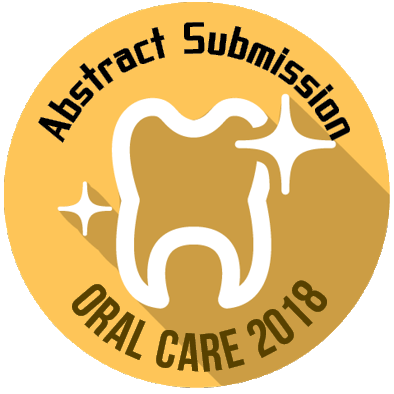
Phillip G Pitts
Tennessee University of Common Sense, USA
Title: Aerosol ceramic bonded titanium substructures and abutments
Biography
Biography: Phillip G Pitts
Abstract
Aerosol ceramic bonded titanium substructures and abutments
Ceramic coated dental abutments offer dental professionals an alternative to zircon abutments in anterior regions of the
mouth for esthetics and strength. For many decades dental professionals and dental patients had no alternative for titanium
abutments. Esthetics became a problem in many cases as the tissue is translucent, a grey shadow of the alloy would be visible
under the tissue above or below the porcelain fused to metal or all ceramic restorations. Dental ceramic manufacturers attempted
to resolve the problem with a hand applied bonding agent applied with a brush to the abutment and fired. The next step was to
brush on a tooth-colored opaque over the bonding layer to hide the grey alloy. This method was both times consuming and if
there was an area that was applied too thick in the bonder the ceramic would delaminate from the abutment or substructure.
The alternative became the use of zircon abutments as they are white in color. Even with the strength as with any ceramic when
it is thin and unsupported it will break. The problem with zircon used in the anterior regions of the mouth is many times they
are small and break during seating or afterward when stressed by the patient in bruxing or biting into food which applied
stresses to the anterior restorations causing the zircon abutment to break off the implant in the mouth. To resolve this problem
the best alternative was to apply ceramic binder and opaque with the aerosol application. The aerosol application provided the
thin even layer of bonder to the abutment or substructure for the optimal strength of bonding colored ceramic to the abutment.
This application resulted in the strongest ceramic bond to titanium in the dental profession and the strength of titanium without
the grey shadow under the translucent tissue

